An Early Document of Indian Art: The Citralaksana of Nagnajit
Among the earliest works on the canons of Indian art, the Citralak]sa]na of Nagnajit is presented here for the first time in an English translation. Written in Sanskrit probably in the Gupta period, lost to Sanskritists for nearly a thousand years, known to Tibetans from the medieval times, and translated into German in the early years of the last century, here is a work of great antiquity and significance. The work is to be carefully distinguished from the Citralak]sa]na chapter in the sixteenth century text of Sri Kumara’s Silparatna from which it is separated by close to a millennium. It is a text of considerable importance not only for the understanding of the early art of India but also for that of other countries in Asia including Tibet, Mongolia and even China. In addition to dealing with Chitravidya and its origins, it affords a fascinating glimpse into the minds of the theoreticians and artists of the past, with its elaborate details of iconometry, and its emphasis on the all-subduing figure of the Cakravartin, the wheel-turning Master. The work as now published contains the English rendering of Citralak]sa]na based on Berthold Laufer’s German translation, the complete Tibetan text (upon which the German translation was based) and also, in their entirety, Berthold Laufer’s learned introduction and annotations as translated from German. Berthold Laufer (1874-1934) was a celebrated German anthropologist and orientalist.
Get it now and save 10%
BECOME A MEMBER
-
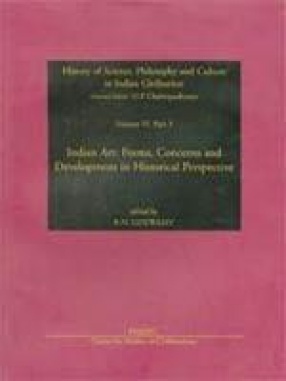
History of Science, Philosophy and Culture in Indian Civilization: Indian Art: Forms, Concerns and Development in Historical Perspective (Volume VI, Part III)
-

Daniells' India: Views from the Eighteenth Century
-
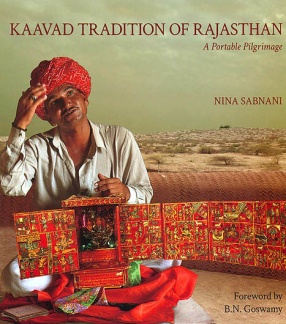
Kaavad Tradition of Rajasthan: A Portable Pilgrimage
-
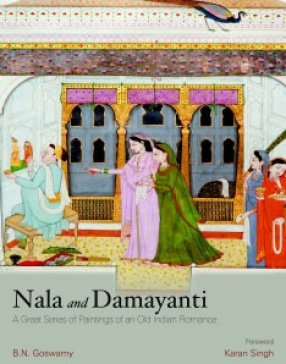
Nala and Damayanti: A Great Series of Paintings of an Old Indian Romance

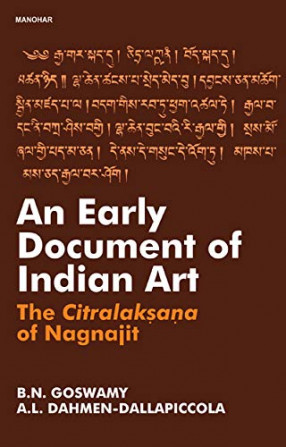

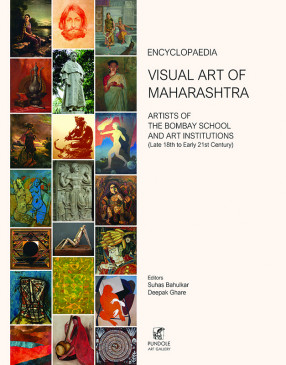
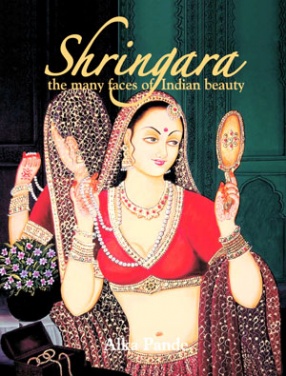


Bibliographic information
A L Dahmen-Dallapiccola